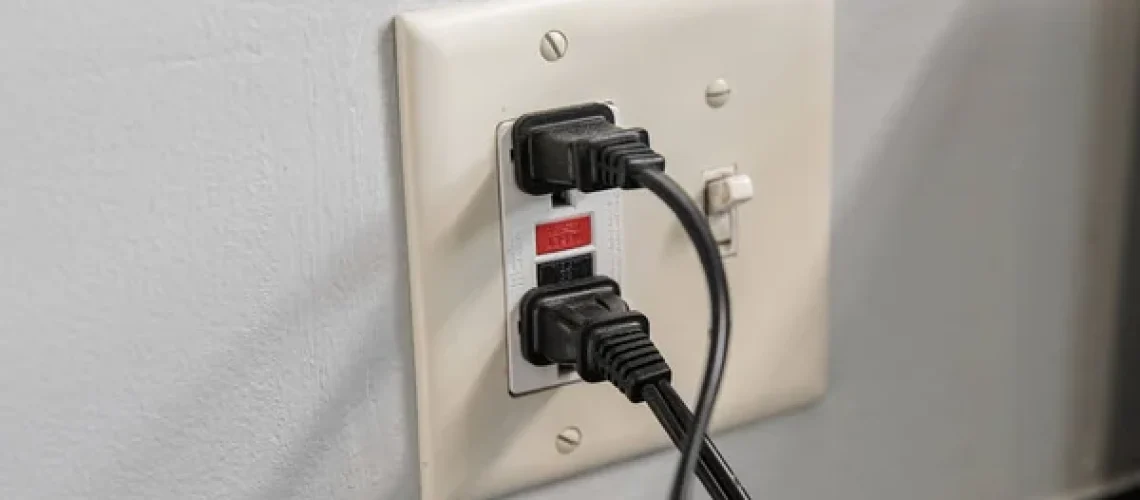A ground-fault circuit interrupter (GFCI) is designed to interrupt the flow of electricity in the event of a mismatch between the incoming and outgoing current. With the GFCI outlet, the risk of shock and fatal burns is considerably reduced due to its ability to prevent the electrical wire from overheating and possible fire. Although it can be used to identify ground faults, it cannot be used as a fuse substitute because it does not protect against short circuits and overloading.
What is a GFCI Outlet?
The GFCI is built into the electrical outlet and constantly monitors the flow of electricity in a circuit to detect irregularities in real-time. The outlet features three holes: two for neutral and hot wires and one for a ground wire in the center. All electricity is immediately switched off when it senses a change of any kind in a circuit. Since water can get into an outlet when you’re drying your hair, GFCI outlets will automatically shut off power to prevent electrical shock in bathrooms and other areas where water is present, such as kitchens and garages.
Location of GFCI Outlet
Electrical outlets near a moist environment require GFCI outlets. This is a brilliant idea in the kitchen, bathrooms, laundry rooms, pool house, or anywhere there is a possibility of water splashing around the house. The installation of GFCI outlets in every room of your home is not only required by law, but it’s also a wise precaution to take. GFCI protection is required by the National Electric Code (NEC) in all residences. In recent years, all single-phase outlets have been mandated to have GFCI outlets installed, which was previously exclusively the case for those located near water. GFCI outlets should also be installed on temporary electrical systems during building, remodeling, or maintenance of temporarily powered structures.
Importance of GFCI protection
An electrical ground fault has many dangers and implications that must be considered. In the event of a ground fault, you could be electrocuted or even shocked. It’s more likely to happen in moist areas and near water. Bathrooms, kitchens, and outdoor locations with a lot of moisture are included in this category. Why? This is because water acts as a conduit for electrical current. It’s also possible to get an electric shock if you come into contact with a live electrical conductor because human tissue has a poor impedance to electrical currents.
An electrical ground fault can be prevented using ground-fault circuit interrupters (GFCI). Allowing equal current flow between the equipment and the GFCI prevents harm by interrupting current flow if this flow differs from usual.
Conclusion
A GFCI should be checked for proper operation as part of routine maintenance. GFCIs are delicate devices that are susceptible to wear and tear or injury. If the GFCI isn’t working correctly, it could allow electricity to flow, which is dangerous. For plug-in devices, tests should be carried out by the manufacturer’s recommendations.


